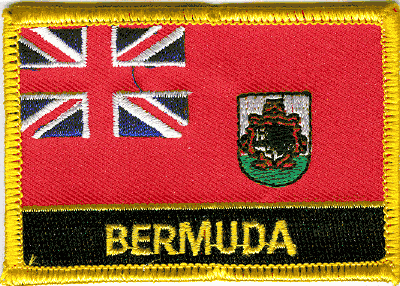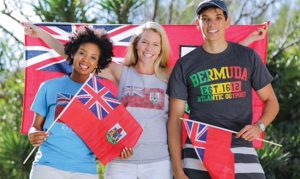Headlines
Bermuda: From Spanish Discovery to British Colony

Bermuda is a British overseas territory in the western North Atlantic Ocean. It consists of about 180 islands and islets, with a total area of 53.3 square kilometers. It has a population of about 63,800 people.
Bermuda was first documented by a European in 1503 by Spanish explorer Juan de Bermúdez, who named it after himself. However, he did not land on the islands or claim them for Spain. The Spanish avoided the islands because of their dangerous reefs and storms.
See population, official language and more…

Bermuda
Bermuda’s real history started only in 1609 when a group of British colonists landed ashore after their ship got wrecked at a nearby reef. They were on their way to the new English colony of Jamestown in Virginia. The survivors built two new ships and continued their voyage but left behind two men to maintain the claim to the islands.
In 1612, the Virginia Company sent another group of settlers to Bermuda, who established a permanent settlement at St. George’s, which became the first English town in the New World. Bermuda became a British crown colony in 1707, after the union of England and Scotland.
Bermuda has a rich and diverse history, involving shipwrecks, pirates, slavery, naval and military bases, tourism, and offshore finance. If you want to learn more about any of these aspects, please let me know.





